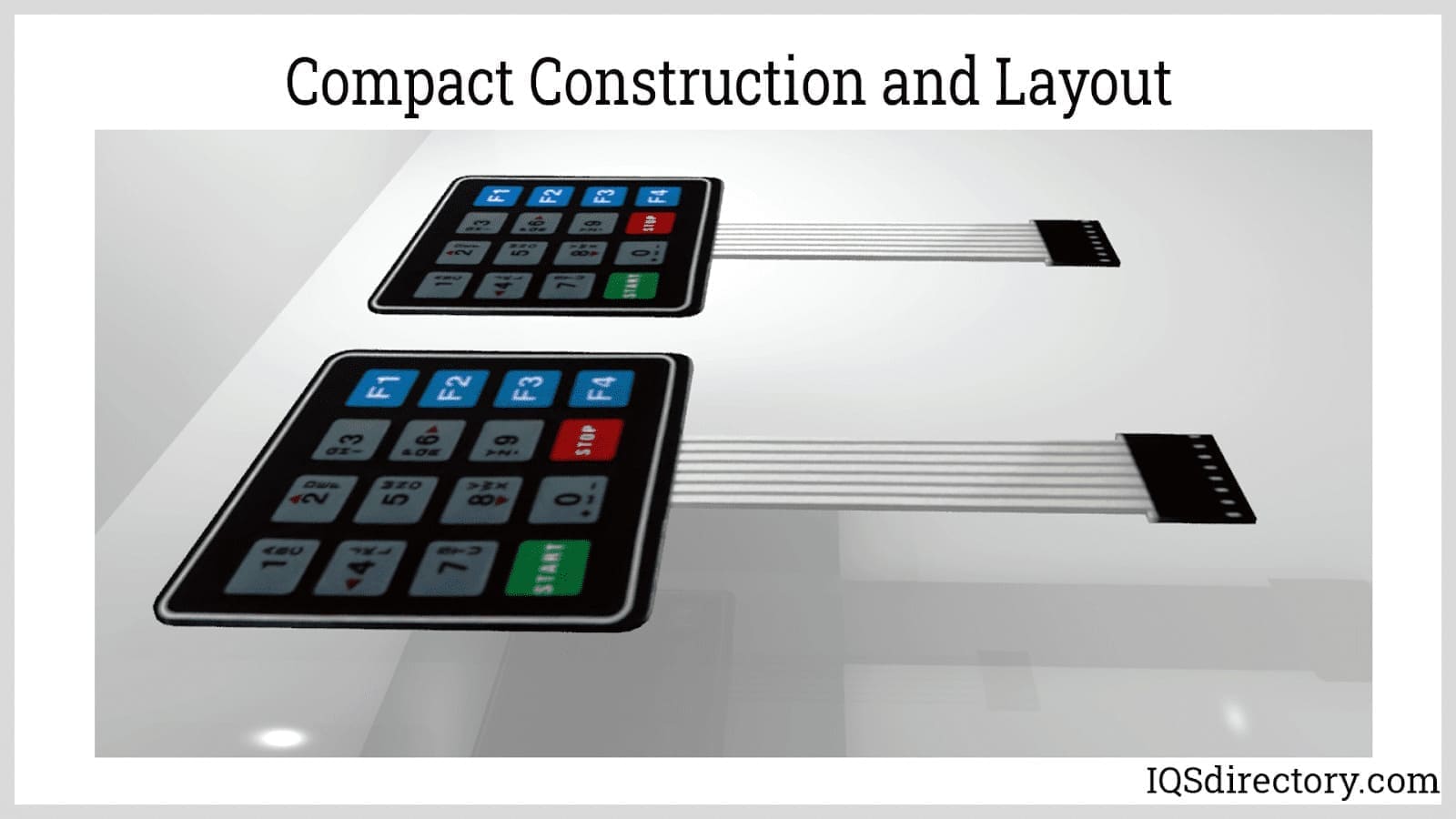Comprehending the Functionality of Membrane Layer Switches Over for Individual Interface Devices
The capability of membrane layer switches represents a considerable innovation in user interface design, incorporating efficiency with visual adaptability. As sectors increasingly focus on individual experience, comprehending the nuances of membrane layer switch technology ends up being vital.
What Are Membrane Buttons?
Membrane layer switches are innovative interface tools that help with customer communication with digital tools. These functional elements consist of numerous layers, consisting of a graphic overlay, spacer, and a printed circuit layer. The design enables for a seamless combination right into various digital gadgets, improving both the aesthetic and functional facets of customer interfaces.
Membrane layer switches are typically employed in a large range of applications, from family appliances to industrial equipment and medical tools. Their building generally features a slim account, making them an ideal choice for portable layouts. The tactile responses given by these switches can be engineered to fulfill certain user choices, guaranteeing efficient communication between the customer and the gadget.
Resilience is an additional considerable benefit of membrane switches, as they are immune to dust, wetness, and chemicals, which enhances their life expectancy popular settings. Furthermore, these buttons can be tailored in terms of shape, dimension, and visuals layout, enabling branding and user-specific functions. Overall, membrane layer changes represent a sensible service for boosting individual experience in electronic gadgets, incorporating functionality with visual allure in an effective manner.
How Membrane Layer Switches Over Work
Operating on a simple concept, membrane layer changes use a split building to sign up customer input effectively. Each button includes numerous layers, including a printed circuit layer, a spacer layer, and a top graphic layer, which are made to work together effortlessly. When an individual presses the top layer, it compresses the spacer layer, bringing the conductive aspects of the circuit layer into call with each various other.
This call develops a shut circuit, signifying the tool to execute a particular feature. The style allows for various setups, including tactile feedback, which can enhance the user experience by offering a physical sensation upon activation. The materials utilized in membrane buttons frequently consist of flexible substrates, such as polyester or polycarbonate, which ensure toughness and strength versus deterioration.

Trick Advantages of Membrane Layer Buttons

One more significant benefit is their density. Membrane buttons are thin and light-weight, which enables makers to conserve room in their gadgets without sacrificing capability. This function is particularly valuable in applications where weight and quantity are important considerations.
Furthermore, membrane switches are immune to dust, moisture, and chemicals, improving their toughness. This durability expands their life expectancy and reduces the requirement for regular replacements, leading to cost financial savings over time.
Furthermore, the responsive feedback given by membrane buttons can be optimized to enhance user communication. They can include features such as elevated buttons or distinct clicks, boosting functionality and customer experience.
Applications Throughout Industries
Interface gadgets using membrane layer buttons prevail in a wide range of markets, showcasing their flexibility and functionality. Membrane Switch. In the medical industry, membrane layer buttons are indispensable to tools such as diagnostic equipment and client tracking systems, where their longevity and ease of cleaning are important for keeping hygiene standards. In the vehicle market, these switches are utilized in control panel controls and infomercial systems, providing a streamlined and modern interface for individuals.
Furthermore, the consumer electronics sector take advantage of membrane switches in devices and portable gadgets, where portable style and user-friendly user interfaces boost user experience. Industrial applications also utilize membrane switches for control board in machinery and automation systems, emphasizing their toughness and resistance to harsh atmospheres.
In the aerospace and protection markets, membrane layer buttons are utilized in cockpit controls and equipment, where reliability and performance under severe conditions are critical. Additionally, the gaming industry significantly incorporates membrane layer switches in controllers and gallery equipments, contributing to an interesting user experience. Generally, the convenience of membrane changes allows their prevalent usage across many markets, underscoring their significance in modern-day interface design.
Future Patterns in Membrane Switch Modern Technology

Additionally, using advanced materials, such as polycarbonate and polyester movies, is expected to rise, giving enhanced durability and resistance to environmental stressors. These products add to the overall longevity of membrane layer switches, making them appropriate for harsher industrial applications.
Moreover, the consolidation of wise technology, consisting of IoT connection, will certainly allow membrane switches to connect with various other devices and systems, facilitating a much more interactive customer experience. This pattern straightens with the expanding need for clever devices across link various fields, from healthcare to customer electronics.
Last but not least, customization choices are anticipated to broaden, permitting producers to produce bespoke solutions customized to particular individual demands and choices. These developments will certainly position membrane switches as necessary parts in the development of interface innovation.
Verdict
In verdict, membrane layer changes represent a critical development in individual interface technology, providing a dependable and flexible service for varied digital applications. As developments in material science and touch picking up technologies proceed, the functionality and applicability of membrane switches are expected to increase, site strengthening their relevance in modern digital tools.